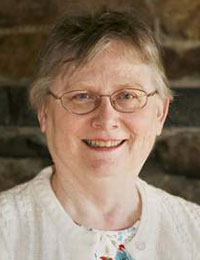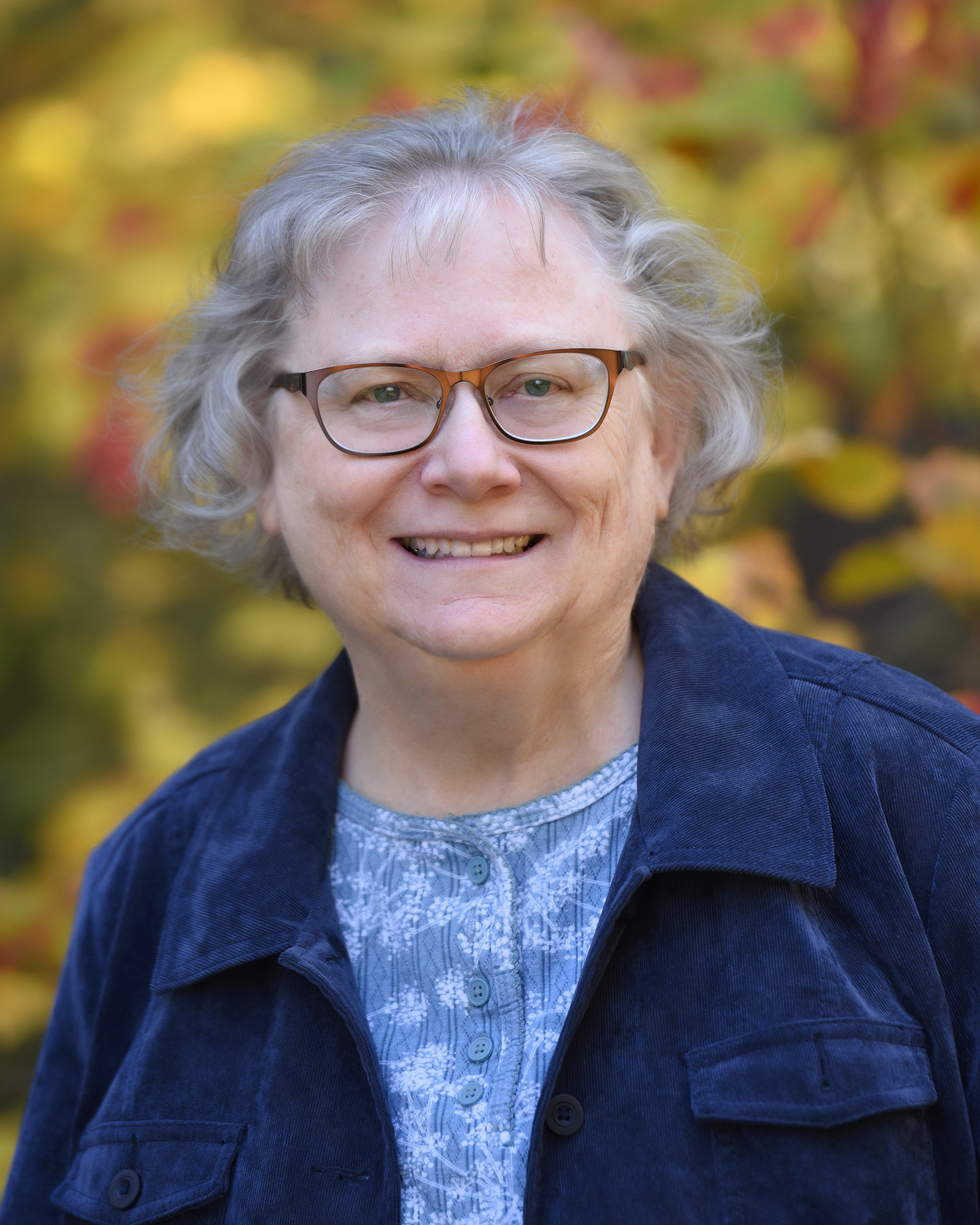 I did not learn to spell properly until I learned to type at the Katharine Gibbs School. This may have had something to do with my less-than-perfect handwriting. Seeing a word in type instead of scribble helps me spot the errors.
I did not learn to spell properly until I learned to type at the Katharine Gibbs School. This may have had something to do with my less-than-perfect handwriting. Seeing a word in type instead of scribble helps me spot the errors.
In genealogy, of course, we run into all kinds of spellings, and it is hard to decide whether we should use the literal spelling from the record or modernize and standardize the word or name. I have had to standardize words for clients who simply could not deal with “misspellings.” Also, in the case of documents where superscripts and abbreviations are used, like “ye” for “the” or strange letters, such as “ff” for capital F, converting to typed text is all the more complicated.
Then there is the problem of old handwriting that changes from clerk to clerk and from decade to decade as writing styles evolved. A very good source on handwriting is Kip Sperry’s Reading Early American Handwriting (first published in 1998, fifth printing in 2005; it is available as a Google Play Book for about $15). Also, David Dearborn’s introduction to English Genealogy contains bibliographic sources on handwriting.
A few other on-line sources include:
Board for Certification of Genealogists
As useful as these sources are, however, I usually end up using the good old “immersion” method of study. Because each clerk’s writing is different and they all tended to use different abbreviations and short hand, spending time reading as many of an individual clerk’s records as possible works best. It took me a while to crack the clerk in Plymouth County who wrote his “8’s” lying down, but I did it!
As useful as these sources are, however, I usually end up using the good old “immersion” method of study.
I personally prefer the archaic language of the originals, so I do not modernize the text, although I do omit repetitive legal phrases if they are not pertinent to understanding the document. It is important to me that the reader gets as close to the original as possible, so I try to transcribe as literally as I can, allowing for subjective decisions such as whether or not a letter is capitalized or if there is an “e” on the end of the word, and so forth.
When I compare my transcriptions to those done by others there are always differences, but they usually mostly involve punctuation. Many transcribers insert modern punctuation, which can be helpful but can also cause unintended confusion. If I insert anything in my transcriptions, even a comma or period, I put it in brackets so that the reader knows it was not in the original.
You can’t expect to become an expert on seventeenth-century handwriting without some effort, but “real” genealogists never back down from a challenge! Try it, you’ll like it.
Share this:

About Alicia Crane Williams
Alicia Crane Williams, FASG, Lead Genealogist of Early Families of New England Study Project, has compiled and edited numerous important genealogical publications including The Mayflower Descendant and the Alden Family “Silver Book” Five Generations project of the Mayflower Society. Most recently, she is the author of the 2017 edition of The Babson Genealogy, 1606-2017, Descendants of Thomas and Isabel Babson who first arrived in Salem, Massachusetts, in 1637. Alicia has served as Historian of the Massachusetts Society of Mayflower Descendants, Assistant Historian General at the General Society of Mayflower Descendants, and as Genealogist of the Alden Kindred of America. She earned a bachelor’s degree from the University of Connecticut and a master’s degree in History from Northeastern University.View all posts by Alicia Crane Williams →